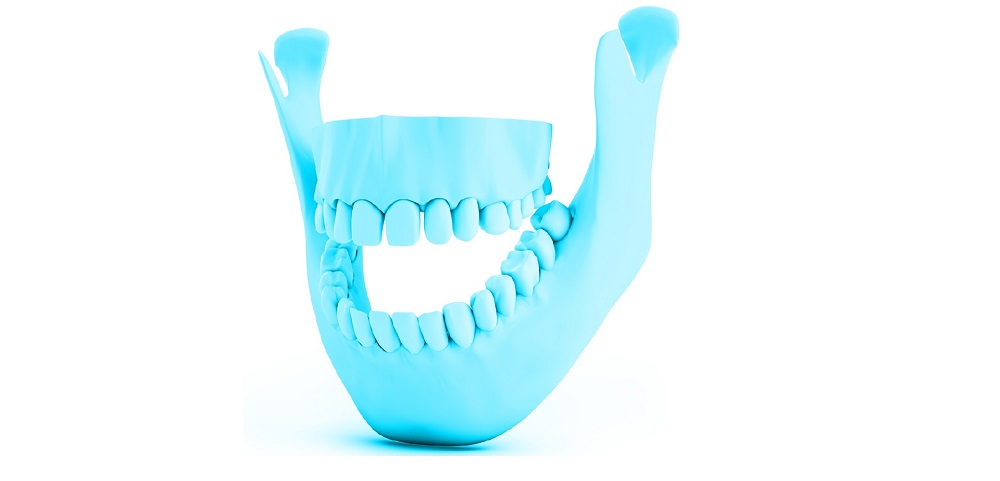
It covers functional disorders such as not fully opening the jaw joints, not opening at all, dislocation as the jaw opens. The problem is solved by attempts such as repair of the joint, removal of the joint and creation of an artificial joint.
It is a syndrome of pain and dysfunction involving the temporomandibular joint (TMJ, lower jaw joint) and / or chewing muscles. The harmony between the joint surface and the disc is disturbed. Jaw joint disorders have affected a widespread population today.
Causes of Lower Jaw Joint Dysfunction
Direct trauma to the jaws or joint area (as a result of accident or impact)
One-sided chewing habit
Missing teeth
• Clenching and grinding teeth
• Stress, depression etc.
Non-physiological tooth closure
Developmental defects of the joint (hypoplasias etc.)
Degenerative joint disorders, osteoarthritis, arthrosis
Autoimmune diseases, rheumatoid arthritis, lupus
• How Do You Feel the Jaw Joint Discomfort?
• There may be a stinging and severe pain with every swallowing, yawning, chewing, and speaking, as well as a constant and dull pain. The pain can be reflected in many places as well as in the area in front of the chin, where the joint is located. The pain may be reflected in the face, head, ear and jaw by causing spasm in the muscles adhering to the joint.
Treatment Options
Patient education and preventive treatment
Splint treatment
• Medication
Exercises
• Physiotheraphy
• Manipulation
Psychiatric support
Advanced treatments in late cases (Surgery, etc.)
